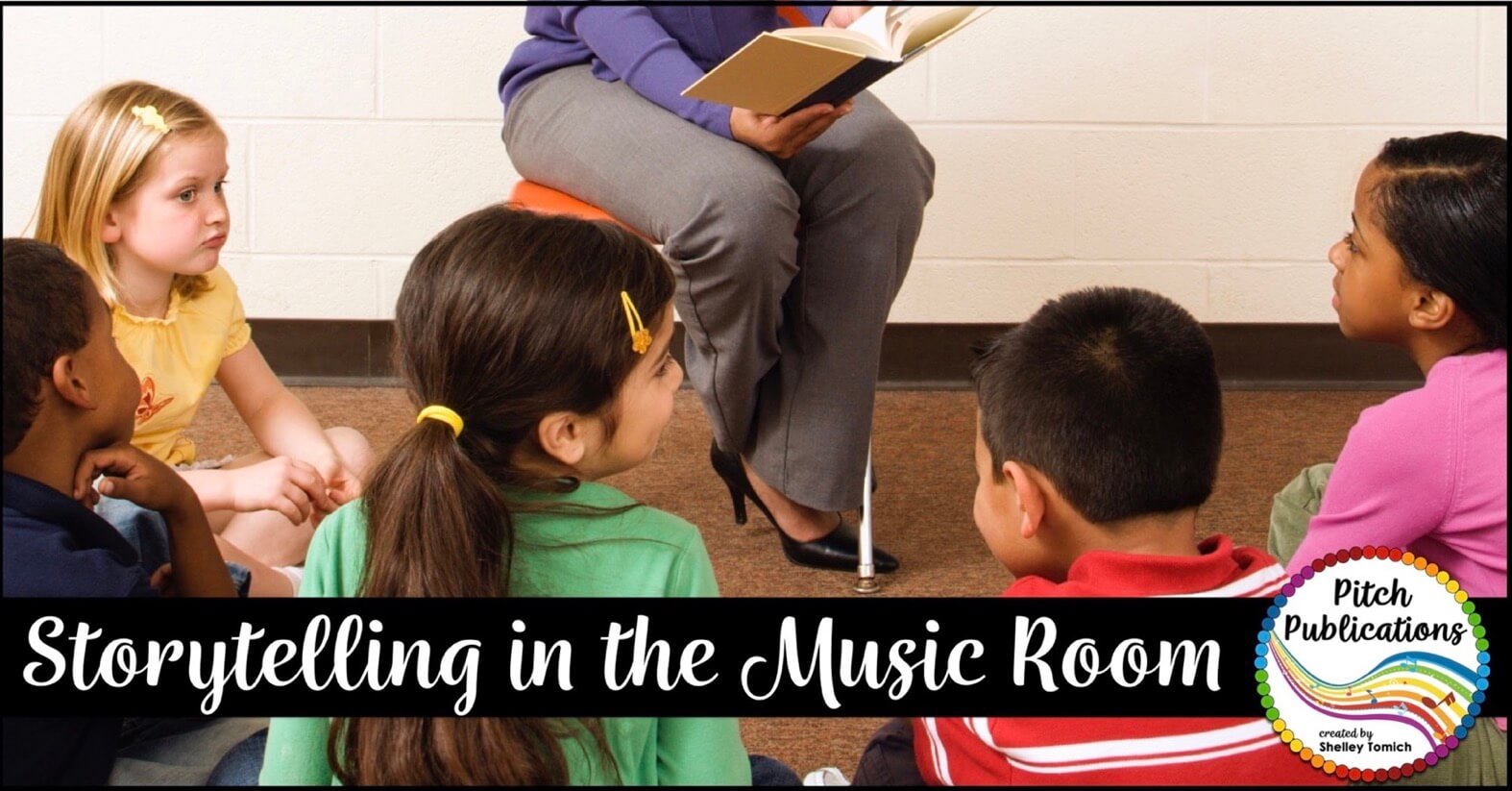
Music itself is like a story – it is has the power to bring people together and to take us to the outer edges of our emotions. Storytellers have passed down their stories through song for generations. Even when there are no words, composers use the elements of music to express their thoughts and feelings. However, storytelling has a place in the music classroom beyond analyzing the story of the music itself.
Here are a few ways I use stories in my classroom:
Personal Connections
We are finishing up Unit 1: Rhythm and I feel like I have brought out all the “old material,” already tried some cool new material (like centers!), but was still missing something. I have great rapport with my kids, but sometimes have a hard time reaching my “too cool for school; all I love is sports” kiddos.
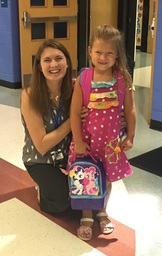
I use stories to let students know about me as a person. I tell them about my life, my kids, and my own experiences in music. This helps make the deep personal connections that are essential for any educator, but is harder for me to do as a specialist since I see my kids once a week. When I teach lessons on identifying solfege (singing notes), I tell students about my struggles in college as a instrumentalist. I spent a lot of time driving around my college campus practicing the Curwen hand signs and singing solfege patterns. Students love to hear that their music teacher struggled with this once too and was able to master it with practice!
Classroom Management
Early in my career I discovered whenever I told students I had a story to tell them, classroom management problems disappeared. When a lesson begins with “Once Upon a Time,” kids are all eyes and ears. Kids stop fidgeting and stop talking because they want to know what happens next. If I have a lesson that has great content, but for some reason is not engaging for students, I find a way to weave a story into it.
Teaching Difficult Concepts
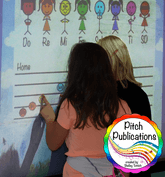
SOLFEGE
Teaching students to read solfege notes (Do, Re, Mi, etc.) can be very challenging. My students had no frame of reference for these “weird” old Latin words the notes are named for. In addition, students are expected to learn hand signs (like sign language) as a kinesthetic representation of pitch. My first attempts at teaching solfege to my students failed. They were miserable and confused, and so was I.
Then one day I decided to turn the notes into characters and BAM! – Pitch Hill was born! Students were captivated by the stories of Fa, who hates green and Re, who likes to climb up on the roof! The Pitch Hill stories provide a concrete reason for the hand signs as well help explain relationships between individual pitches. Students in my class beg to visit Pitch Hill!
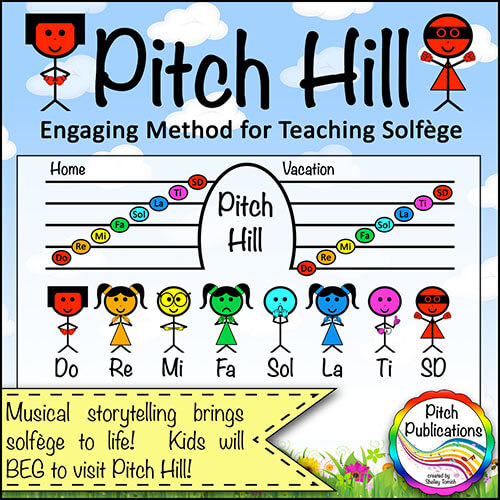
MUSICAL SYMBOLS
One of the most difficult music symbols to draw and understand for young students is the quarter rest. Most kids draw a little squiggle and will call it “shh” but have a hard time understanding that it really means silence in music. In my class, we drew it, looked at it, played it, moved to it but kids were not really getting the function of the rest nor were they able to draw anything that looked like it.
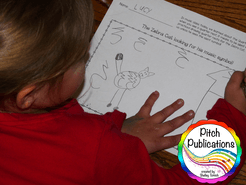
Then I told them the scary story of the Zebra Cat – a funny looking cat who will only be nice to you if you show him you know how to be quiet and respectful by writing his special symbol – a Z on top of a C which we call a quarter rest in music. If you make any noise on the Zebra Cat’s symbol in music, he will come growl at you! All of a sudden, kids could draw the symbol perfectly and had no problems identifying what it is. Yes, for a while my kids call the quarter rest the Zebra Cat, but we easily make the terminology transition to quarter rest.
Bring Folk Songs to Life
To help my students connect more with nursery rhymes and folk songs from long ago, I created a series of Folk Song Storybooks. The storybook bring these classic songs to life. Not only does each storybook illustrate the lyrics, but it also provides fun facts that make why we are singing these songs more relevant to my kids. My kids thought they were too cool for these songs that have lasted for generations until we made a story out of them. Now they can’t wait to learn all about them!
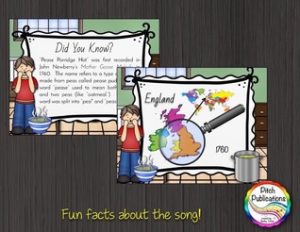
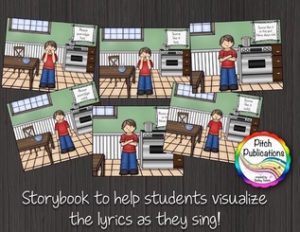
I hope this give you some ideas to build storytelling into your classroom routine! How do you use stories to connect or teach?
Wrapping Things Up
My final advice? When in doubt, bake cookies! (Pillsbury makes an excellent pull apart cookie dough, I must say). A dozen cookies on someone’s desk can make them feel warm and gooey inside (pun intended). This strategy has been around since the beginning of time and is a tried and true method.
If you are new at school and looking for lessons for the first day, you might also enjoy this post on first day lesson plans!
Who did I miss? Any other key people in school we should add?
Musically,
Shelley
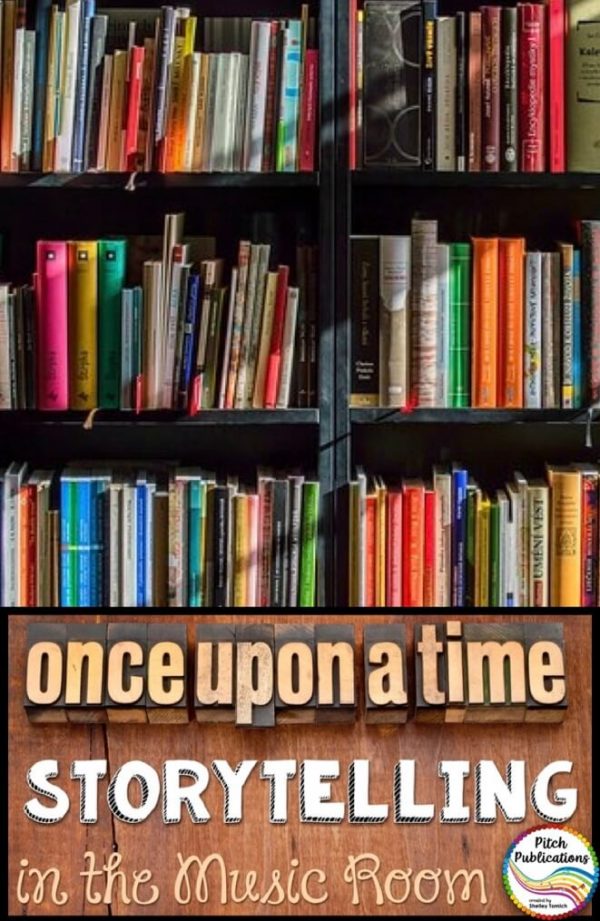

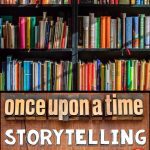

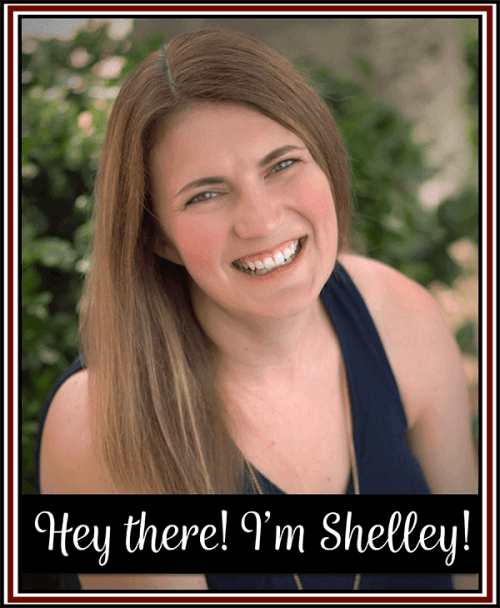


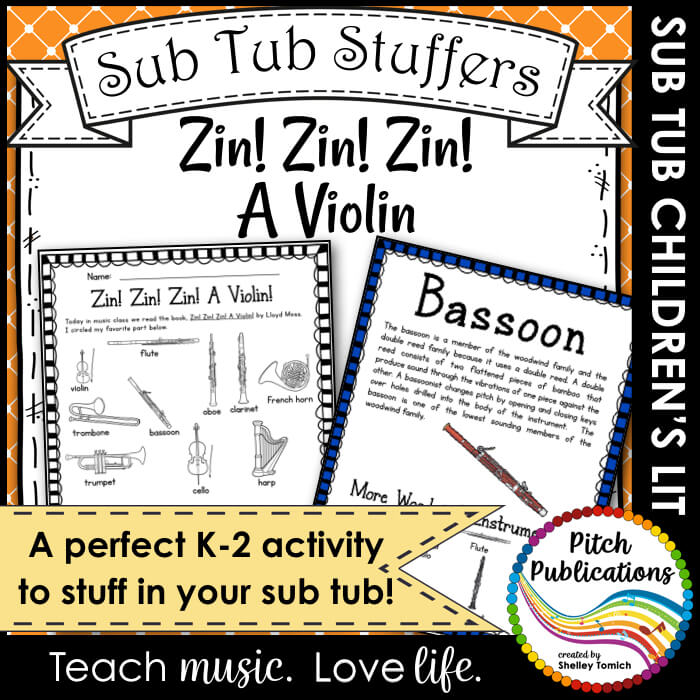

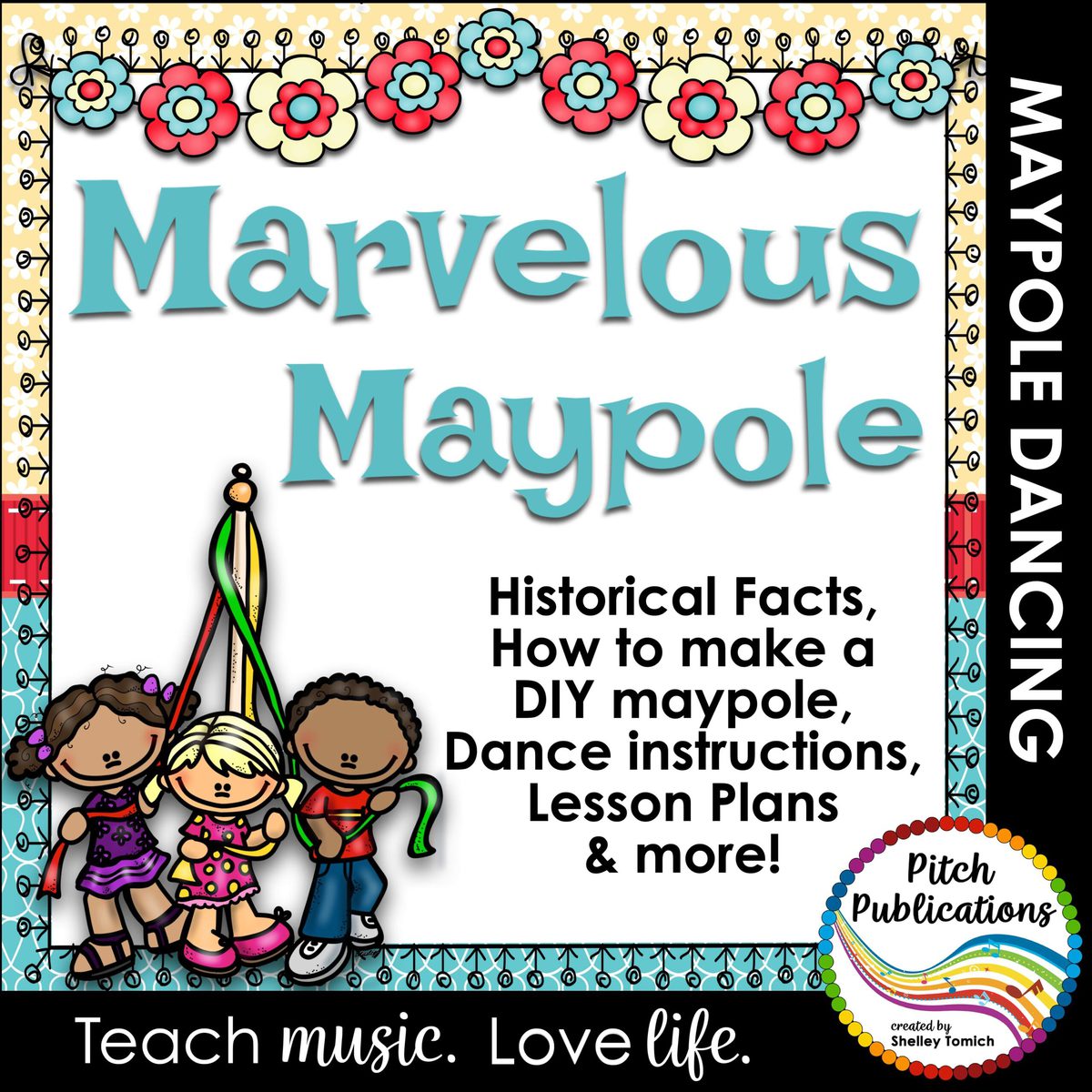


0 Comments